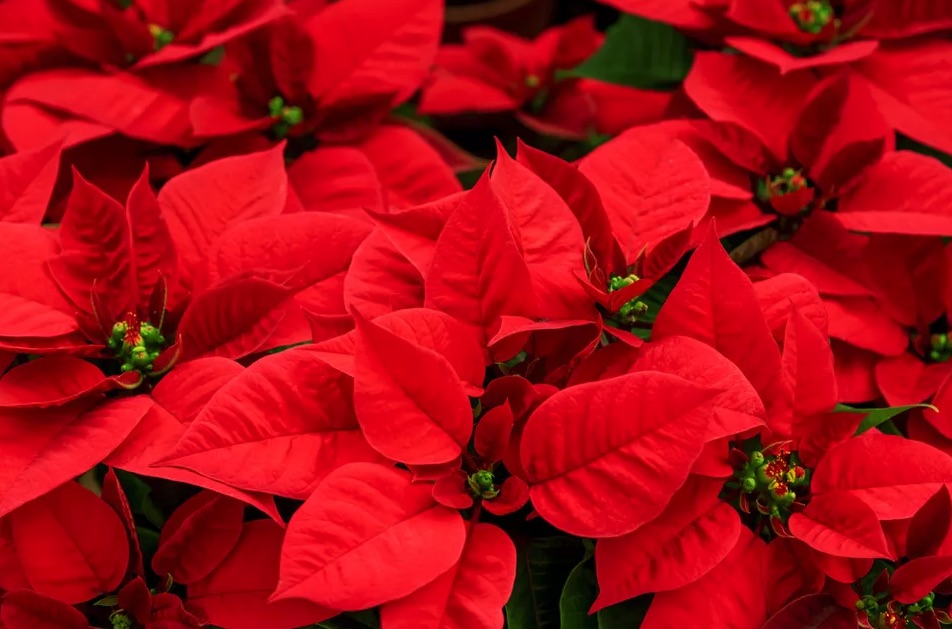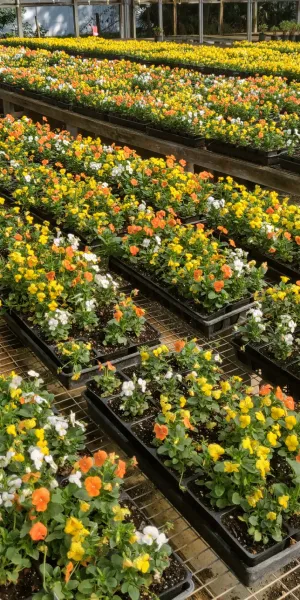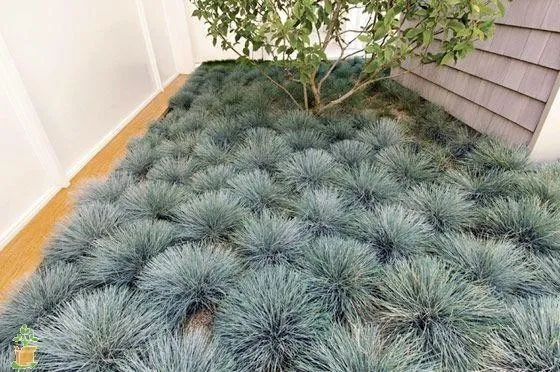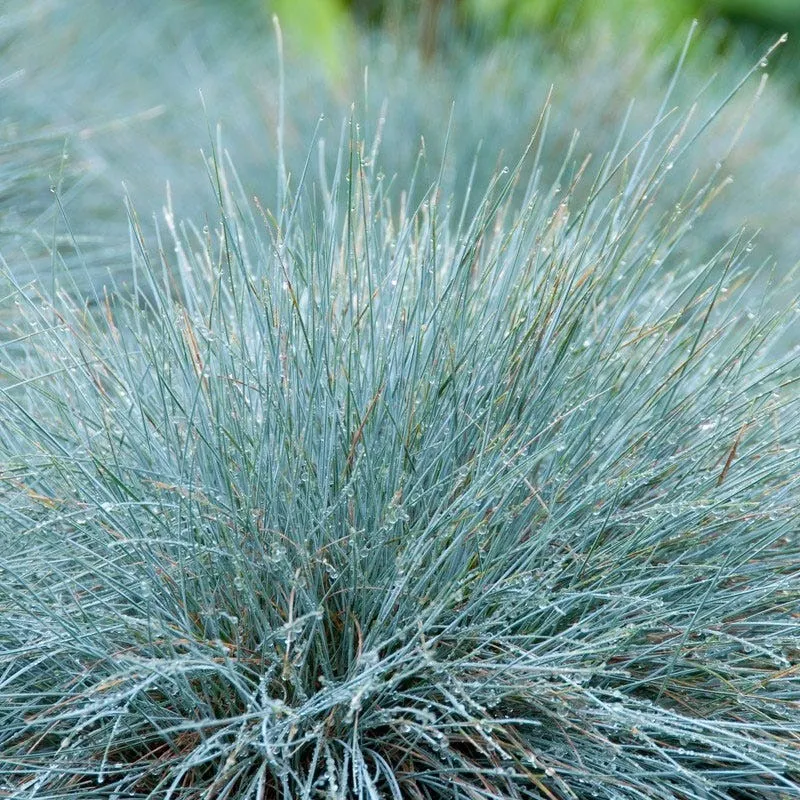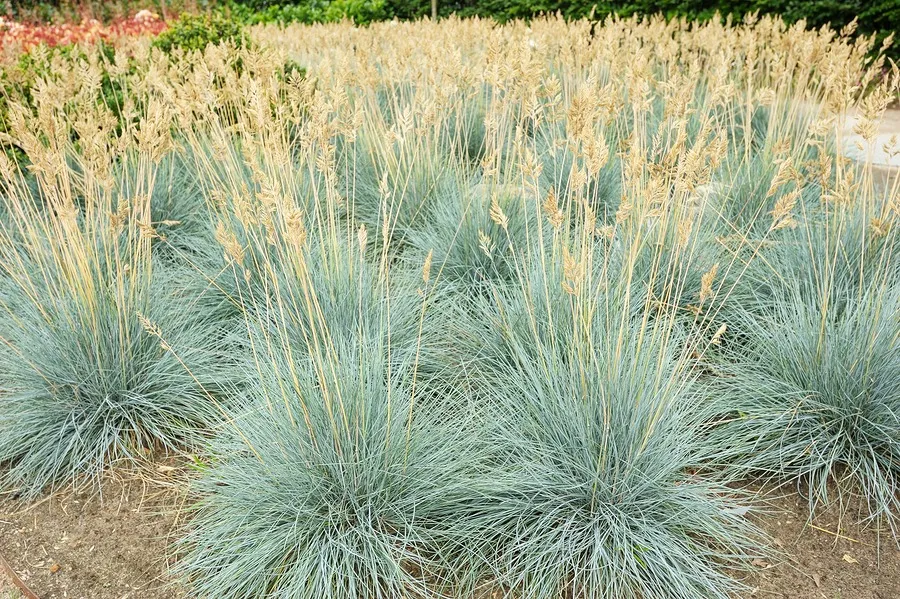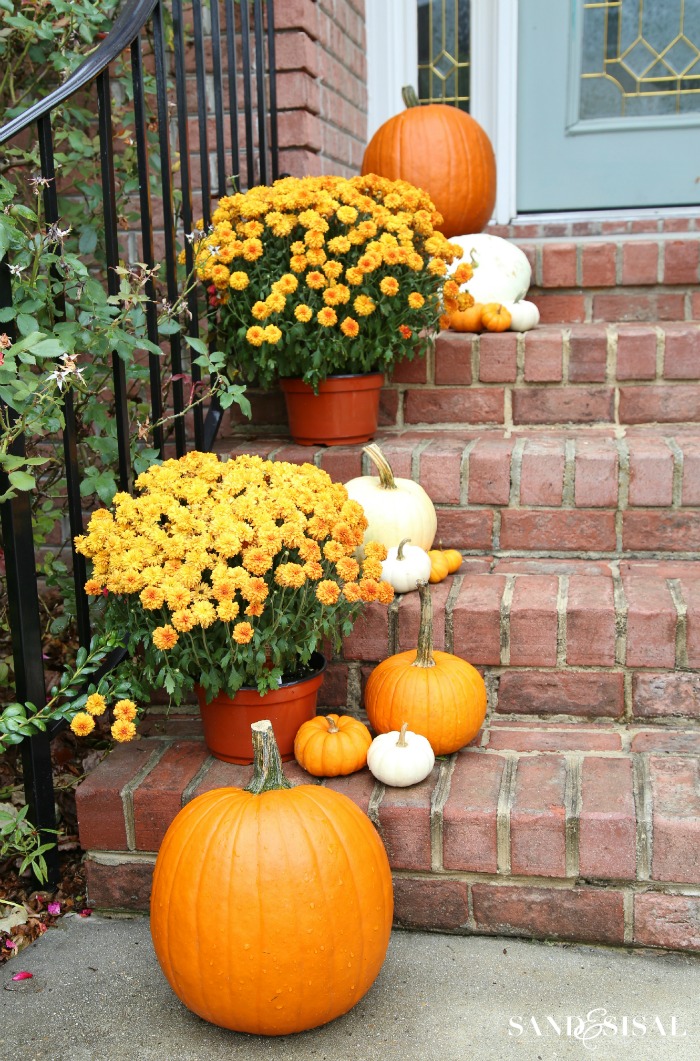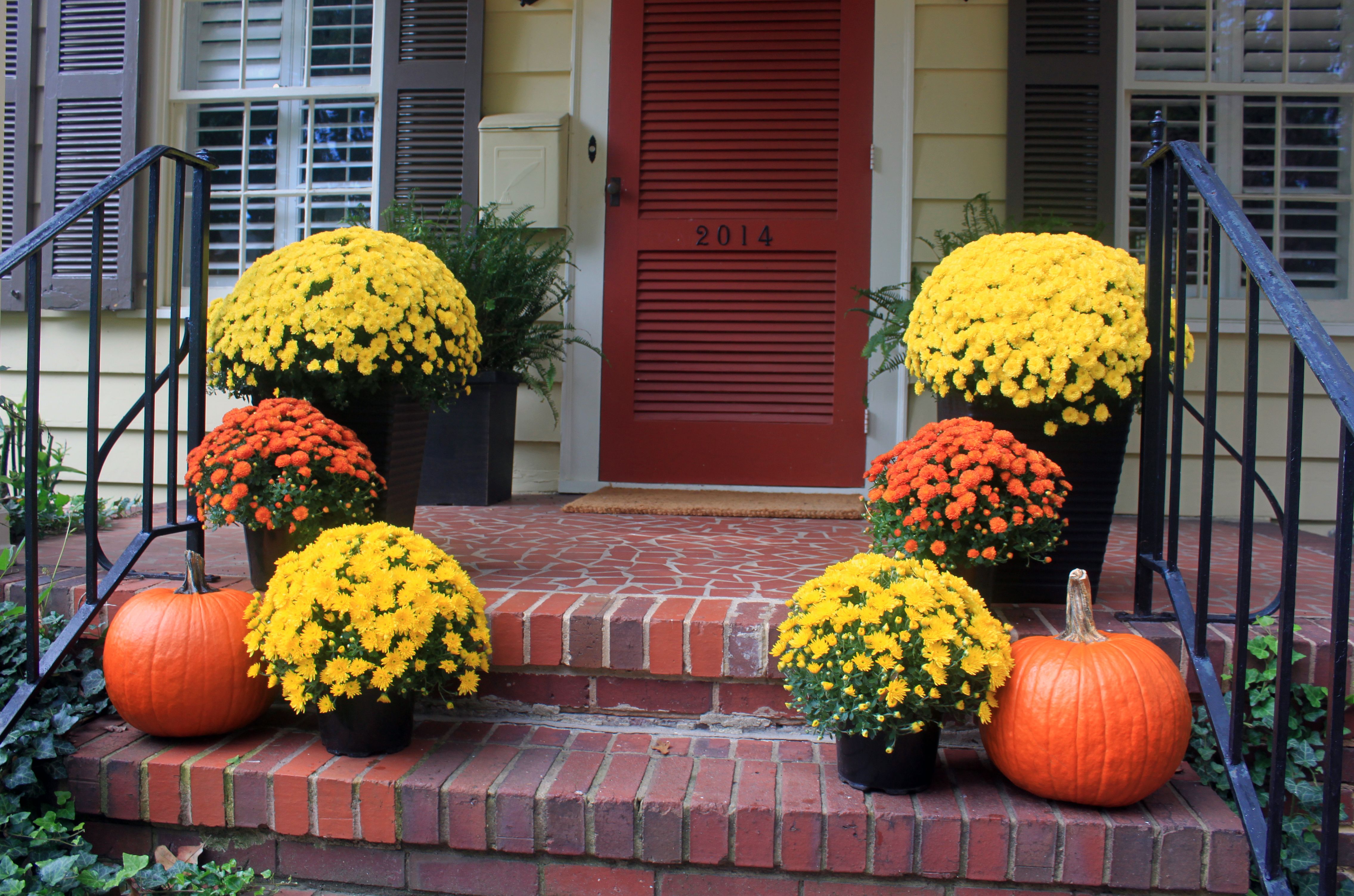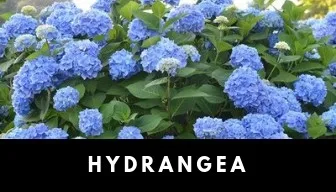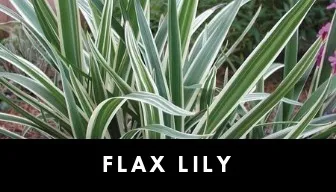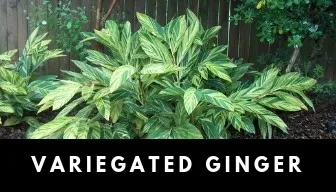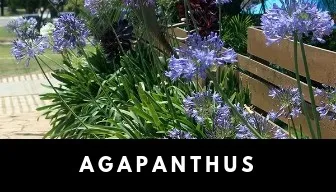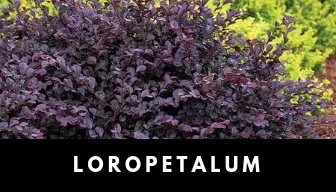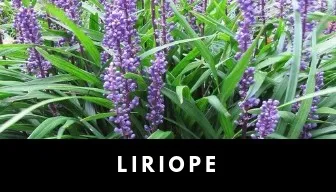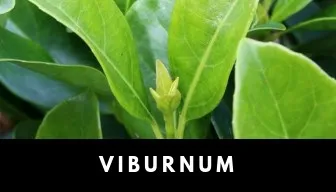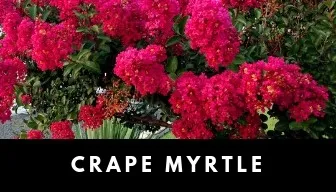The poinsettia, widely used in Christmas floral displays is our plant of the month for December due to their red and green foliage they are perfect for holiday decorating. They are a showy perennial plant native to tropical parts of Mexico and Central America and introduced to the United States in 1825 by Joel Robert Poinsett.
Poinsettias thrive in steady room temperatures and need light to survive. When choosing a poinsettia for your holiday decor, be sure to select a plant with brightly colored bracts (the leafy flower portion of the plant) and be sure there are no damaged, broken, or wilted portions. Also, inspect the base, a healthy poinsettia will have leaves at the base of the plant.
When you get home from the store with your poinsettia remove the wrapping so that water can easily drain through the pot. Keep the soil damp but be sure not to overwater the plant. If you have overwatered, your poinsettia might have been shocked, you will notice the lower leaves wilting, or falling off. You can cut off this portion of the plant to help it stay healthy. The same can happen with underwatering. Be sure to test the soil by touching it before you water.
Poinsettia’s need at least 6 hours of bright, indirect sunlight a day. Leaving your plant in a nice, sunny window, free of drafts between 65 and 70 degrees will keep your plant striving through the holidays and beyond.
Poinsettias can be kept all year around. To re-flower your poinsettia, you must keep the plant in complete darkness between 5 pm and 8 am daily from the end of September until color shows in the bracts (early to mid-December). The temperature should remain between 60 and 70 degrees F.
If you would love to see some bright red color in your landscape design, call our office at (352) 378-LAWN or fill out our online form so we can schedule a meeting to discuss how to make that happen.

